Hello, dog lovers!
I know you’re used to seeing a lot of pawsitive topics coming from me, but this time, we’re gonna discuss something not so pawsitive.
Owning a dog comes with a lot of good sides, and, of course, quite a lot of downsides.
Lately, a local shelter asked me if I could pitch in and help rehabilitate a traumatized dog. They found him in a wrecked home, all skin and bones, and clearly abused for a while.
The dog, named Paisley, was at the shelter for a month, but it seemed like she wasn’t making any progress. She didn’t even gain a lot of weight either, although they were feeding her a premium diet.
The shelter was desperate, often lacking a helping hand. That’s when I came along.
Paisley was in terrible need of help. The moment I saw her, I knew she was a traumatized pup. Something had to be done immediately, so I started working with her in every free moment I had.
Here’s how I figured out that Paisley was traumatized. Later on, I’ll explain to you how to handle such dogs and give them the much-needed help.
#1 Physical Cues
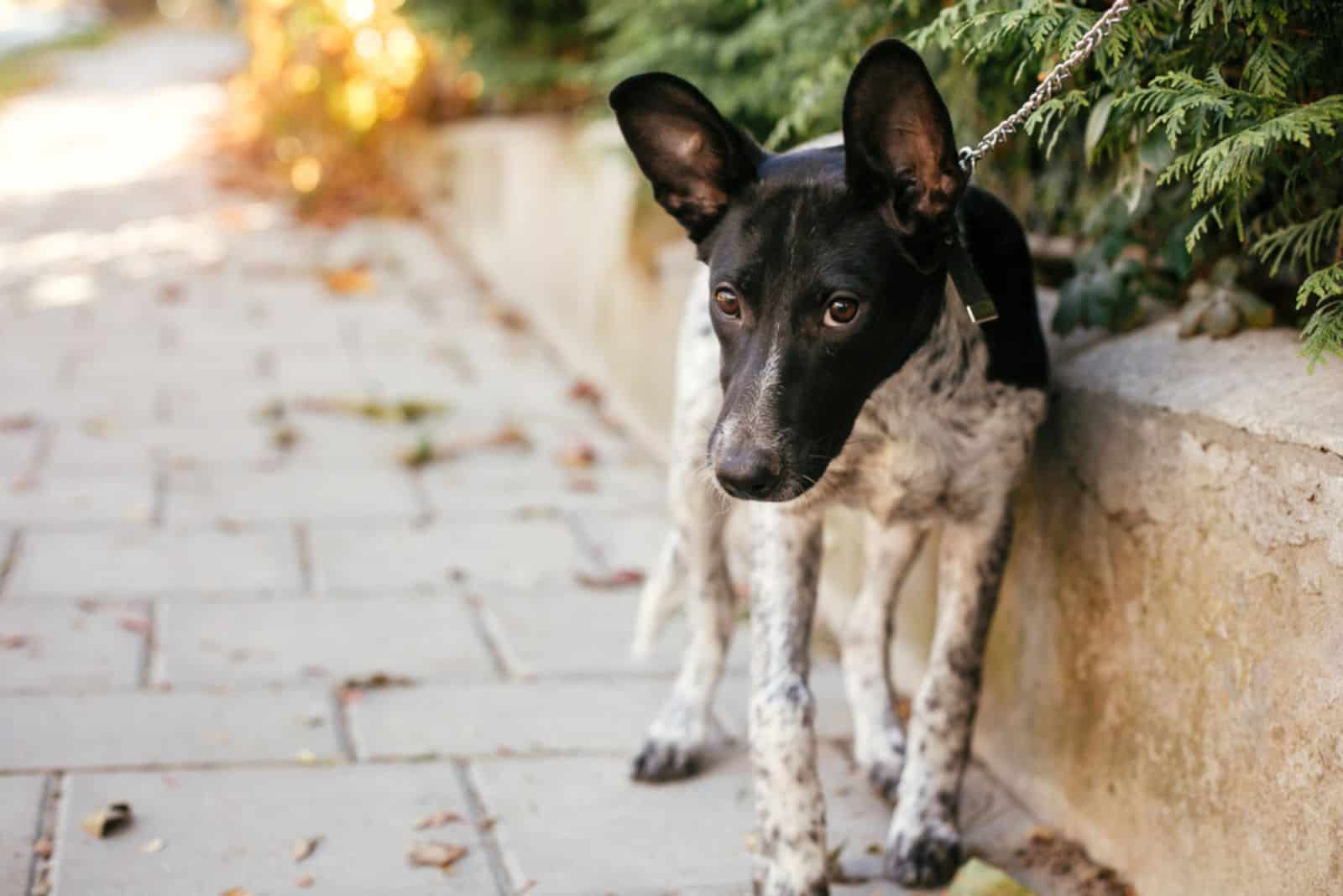
A relaxed dog doesn’t have weird physical cues like Paisley had. It was so clear that the poor pup was afraid, and in quite the distress.
Although the volunteers allowed her to spend lots of time outside her kennel, Paisley didn’t really go out. She used to sit in the corner with her ears pinned back and her tail tucked between her legs.
Whenever I see a dog acting like that, I just know he or she was hit in the past. And, Paisley, according to some findings we received later, was severely molested and hit on a daily basis.
Her big, round eyes always appeared a lot bigger because of her dilated pupils. That’s also one of the tell-tale signs that you’re dealing with a traumatized dog.
Everything about Paisley’s posture was screaming for help. Even when she walked, she looked like she was expecting to be hit at any moment.
#2 Always Hiding

As I said, the volunteers allowed Paisley to move freely because they thought it would help her relax and become familiar with the surroundings. But, Paisley was always hiding, whether it was in the corner, under her dog bed, or even under her blanket.
What I didn’t mention to you is that Paisley is a medium-sized dog. We assume she’s a mix between a Labrador and another mutt, but it’s super hard to tell which one because she’s so skinny. The vets examined her, and other than the standard parasites, she seemed fine.
I guess the years of trauma left huge scars on Paisley. God only knows how often she was fed or the kind of food she used to get. I hate to think about what she ate because according to everything we know about her, it probably wasn’t good kibble.
On one occasion, I came early to feed her and try to see if she’d come to me while holding her bowl. She just sat there in the corner, glancing towards the bowl a few times, but she didn’t come to me.
I sat there for almost an hour trying to reach her, but the girl was too afraid to trust me yet.
The moment I left the room, I saw her gobbling up her breakfast over the camera. She probably would stare for hours at food, but she wouldn’t afford herself such luxury to trust a human to come close to her.
#3 Her Entire Body Was Always Shaking
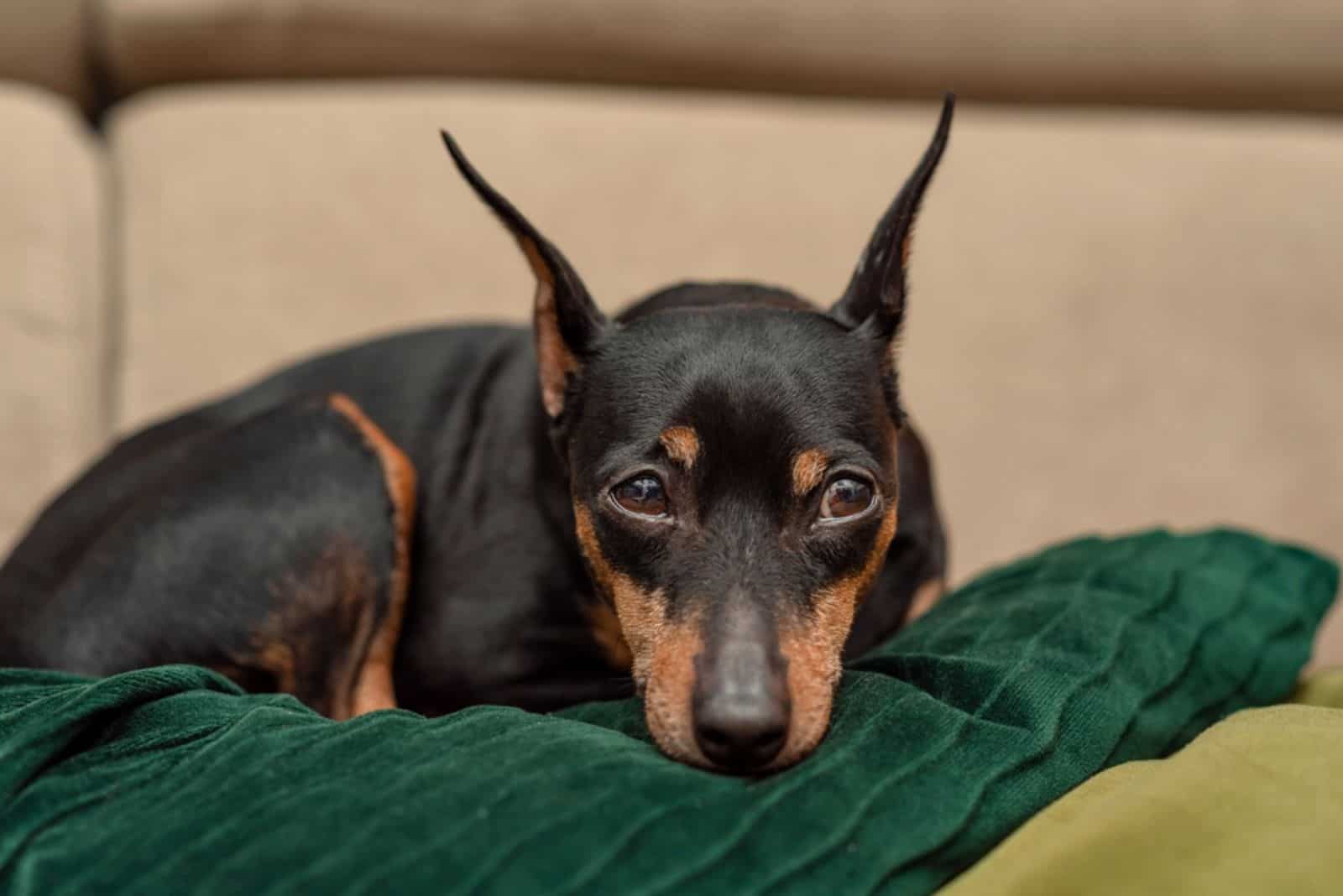
Paisley is not a Greyhound, but she used to shake like she was a purebred one.
Being all skin and bones, the shaking was even more prominent. Whenever someone came into the room, even if it was a person who used to feed and clean her kennel, she would start shaking, have her head down, have her tail between her legs, and be all curled up in her corner.
Her trauma was deep… nothing like I’ve seen before. I’ve handled military dogs with severe PTSD, but they weren’t as fearful as Paisley was. Usually, those were dogs prone to aggressive behavior.
But, Paisley’s PTSD, although it manifested in a calm demeanor, was much more difficult to handle.
Imagine a dog that’s shaking before all humans, without even giving the slightest chance of improvement.
#4 Fast Breathing
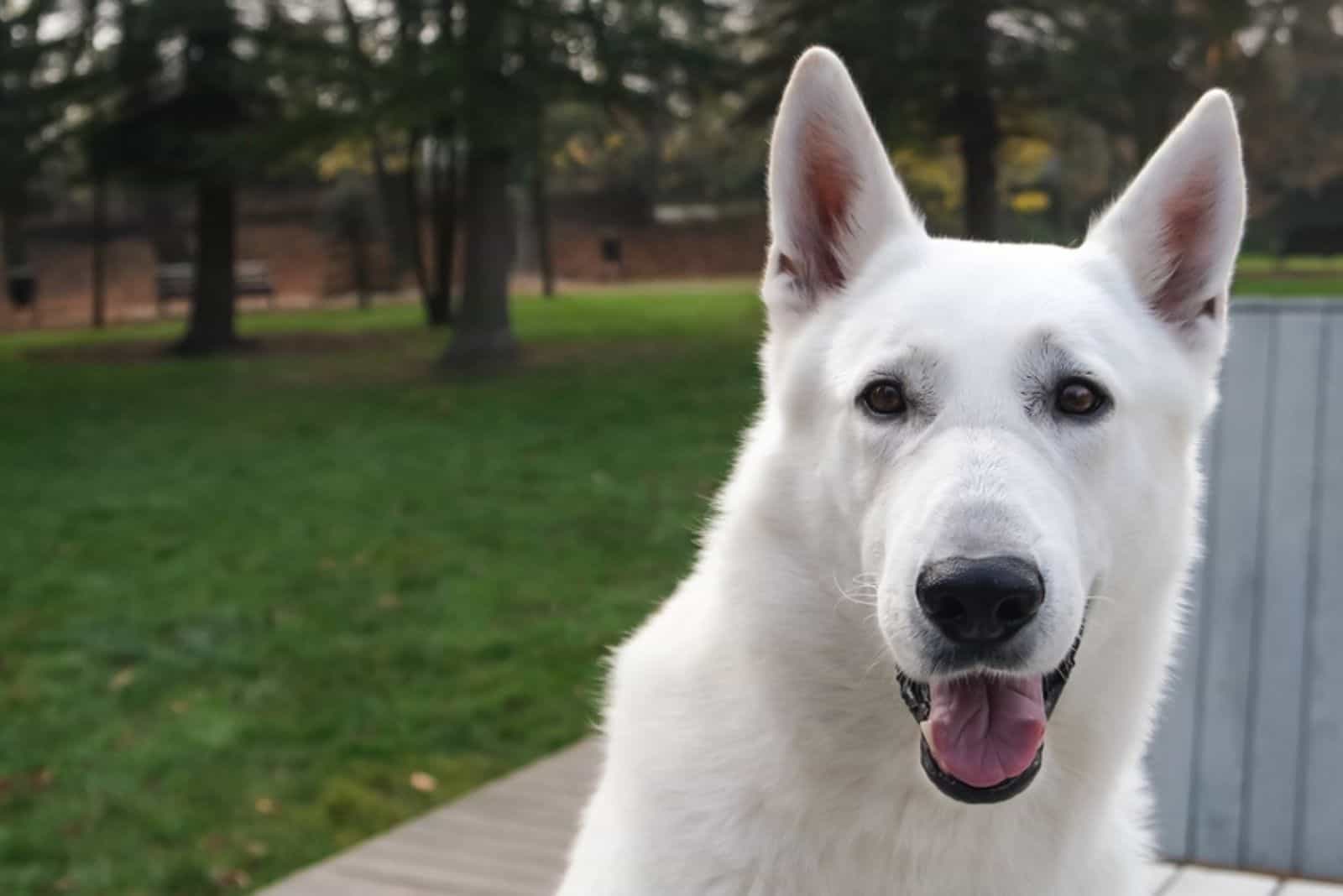
Well, along with everything else I mentioned above, fast breathing was something Paisley did whenever someone got close to her.
Every time I started coming closer, she would start panting.
Every. Time.
The panting (or fast breathing) didn’t stop until she got used to her meds and she opened up to me that first morning when I came into her kennel and stroked her down her back. She calmed down as if she knew it was time to pull herself together.
#5 Other Signs Paisley Didn’t Express
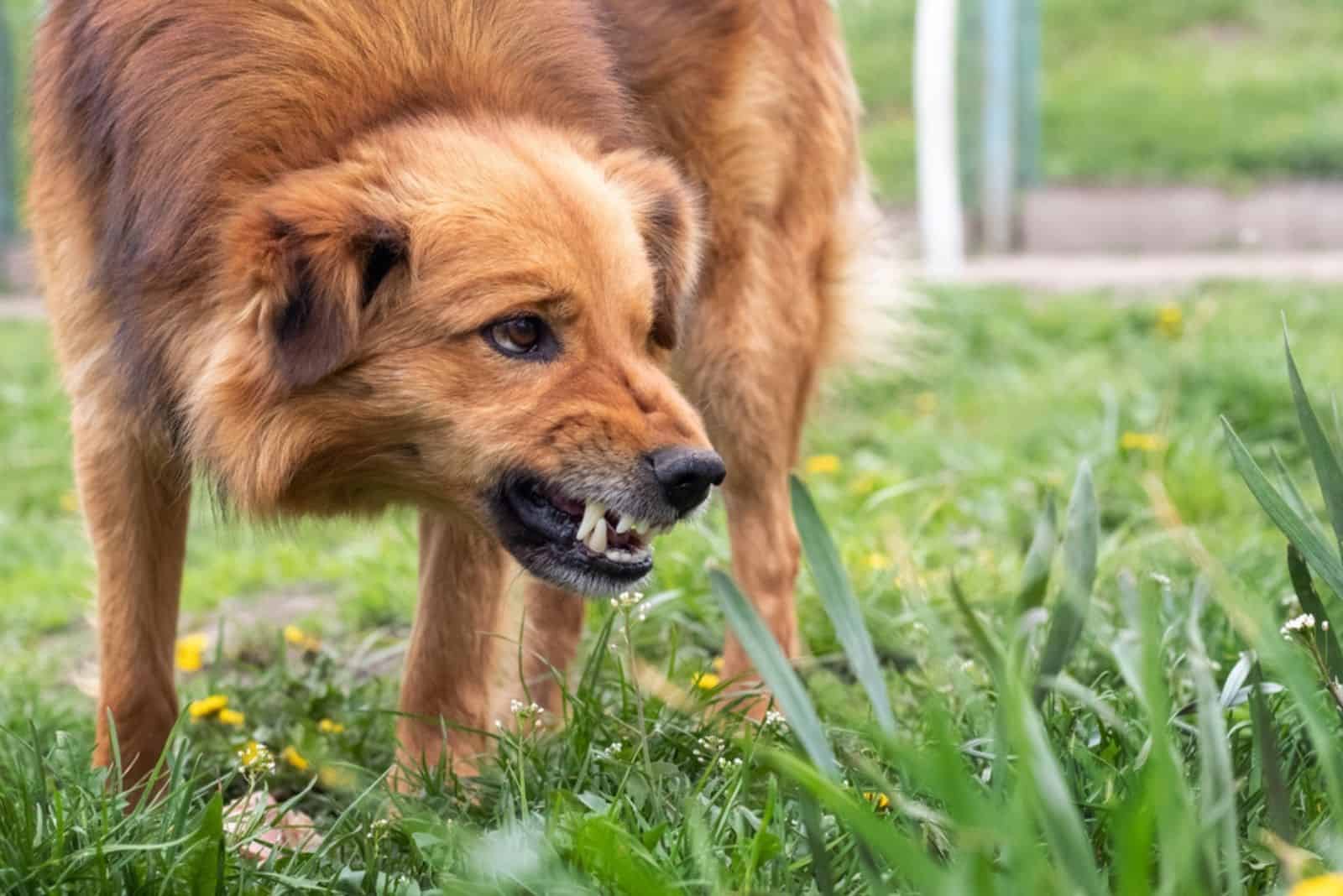
Like I said earlier, I was glad Paisley never showed signs of aggression. She was just a fearful girl… too afraid to react to anything other than fear and submissiveness.
However, other dogs in rehab I worked with were completely different from Paisley. I had the pleasure to work with seven military dogs that needed my help with rehabilitation and overcoming trauma.
It was difficult. It took time. We managed it somehow. But, Paisley was a whole new experience for me.
Those ex-military dogs were suffering from severe cases of PTSD. But, only one of them had some symptoms like Paisley. The rest of the dogs were either too aggressive or too clingy.
Here are some other symptoms you can usually encounter while dealing with a traumatized dog:
- Aggressive behavior (usually all of a sudden)
- Depressive behavior (happens suddenly, and the feeling lasts for days)
- Clinginess (especially to the caregiver, which was me)
- Abrupt lack of interest in their job
My dogs managed to fight their trauma with lots of sedatives and, later on, resocialization.
In the next section, you’ll find how I helped Paisley turn from being a traumatized pooch into a caring canine.
How I Treated Paisley, The Traumatized Dog
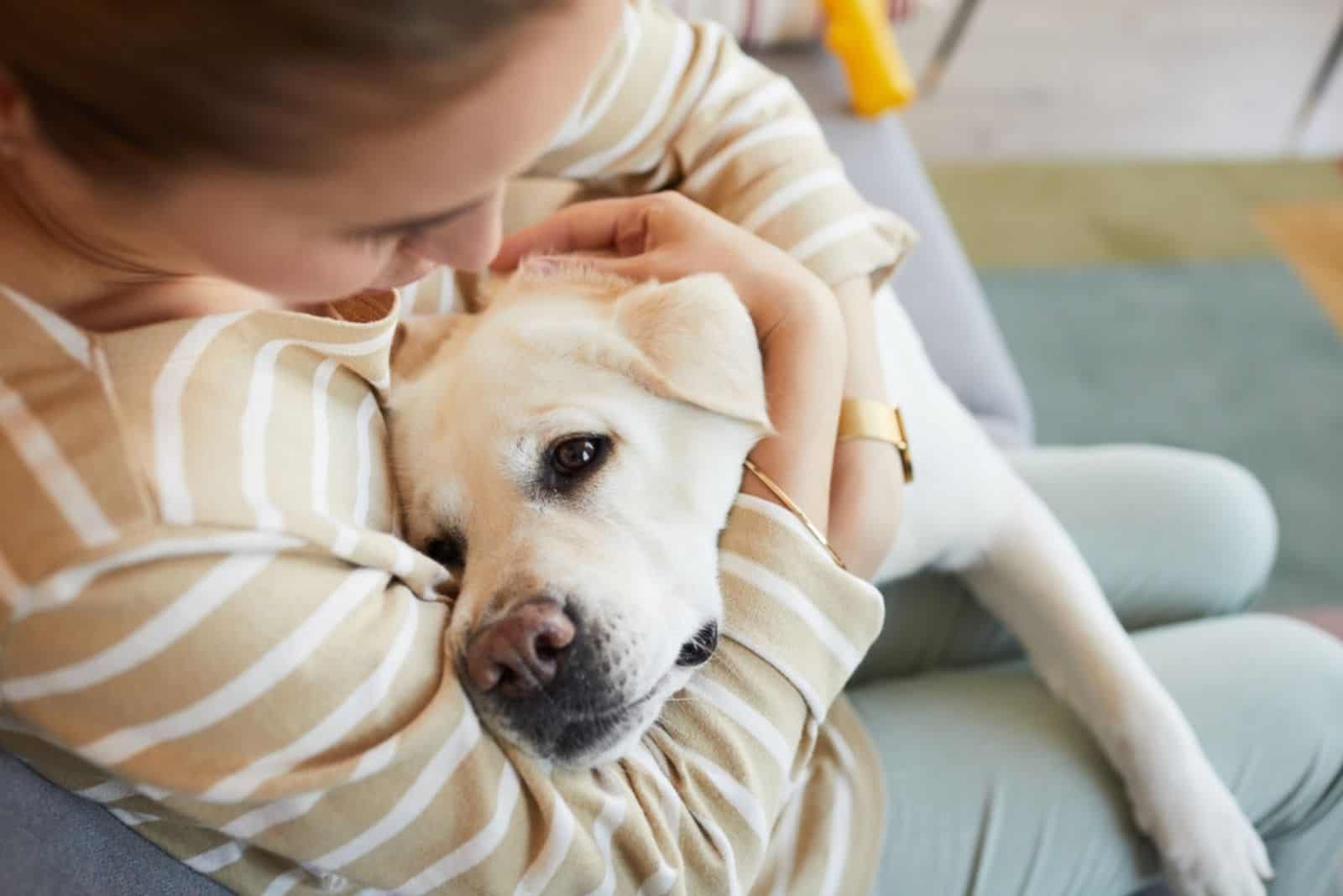
Unfortunately, Paisley’s rehab took a while longer than I expected, but I guess it was for the best because she managed to overcome it.
Before I go into details, I must warn you that if you’re dealing with a traumatized dog, you should never hand out meds or sedatives on your own. Better yet, don’t handle such dogs at all if you don’t have any experience.
My journey with Paisley was full of ups and downs.
When she arrived at the shelter, we all decided (including her vet) that it would be best to start her on some sedatives like Xanax. Paisley didn’t react well to Xanax, so we switched to Zoloft and she took it well.
It took us a month or so to figure out the best sedative for her… something that won’t crush her like Xanax did.
Being in therapy helped Paisley come out from her hidden world and give us all a chance to work with her.
I immediately saw that she’s the kind of dog that would attach herself onto one person, so I dedicated myself completely to her.
We started with enforcing a routine… something Paisley never had. The vets said she was around 2 years old. So, at the time, she was a young adult, but still a dog without any habit or force of routine.
We had to start from scratch as if Paisley was a little pup.
I started showing up early at the shelter… offering her food, taking her outside to go potty, returning after a few hours to take her out to play with her (at least, I tried), and help her exercise as she grew stronger.
Three months after we initially started our routine, I started seeing progress. Whenever I came into the room, whines and squeals could be heard. She knew I was coming and she knew I would treat her well.
We were on the right track, and the only thing we could do was keep on doing our routine.
Approximately half a year later, I started with Paisley’s desensitization. She gained weight, her coat grew thicker, and she wasn’t showing any sign of fear anymore. Other than her poor posture due to years in captivity and fear, Paisley was looking good.
She was looking forward to our time together.
I knew Paisley came from a wrecked home where she was constantly hit. So, our desensitization had to go in the direction of teaching her that loud noises, claps, yelling, stomps, and throwing stuff around aren’t linked to hits.
She loved these chicken liver treats I found in our local pet store, so I made sure I always had them with me. Every time I clapped or shouted, I made sure Paisley got her treat, along with soothing words and belly rubs.
Eventually, she figured out (after lots of repetition) that loud noises are now associated with treats.
I knew she was almost completely desensitized when we were taking a walk around the neighborhood and a truck backfired. She immediately stopped and looked at me as if she was asking: Okay, I didn’t panic. Now, where’s my treat?
What Happened To Paisley?
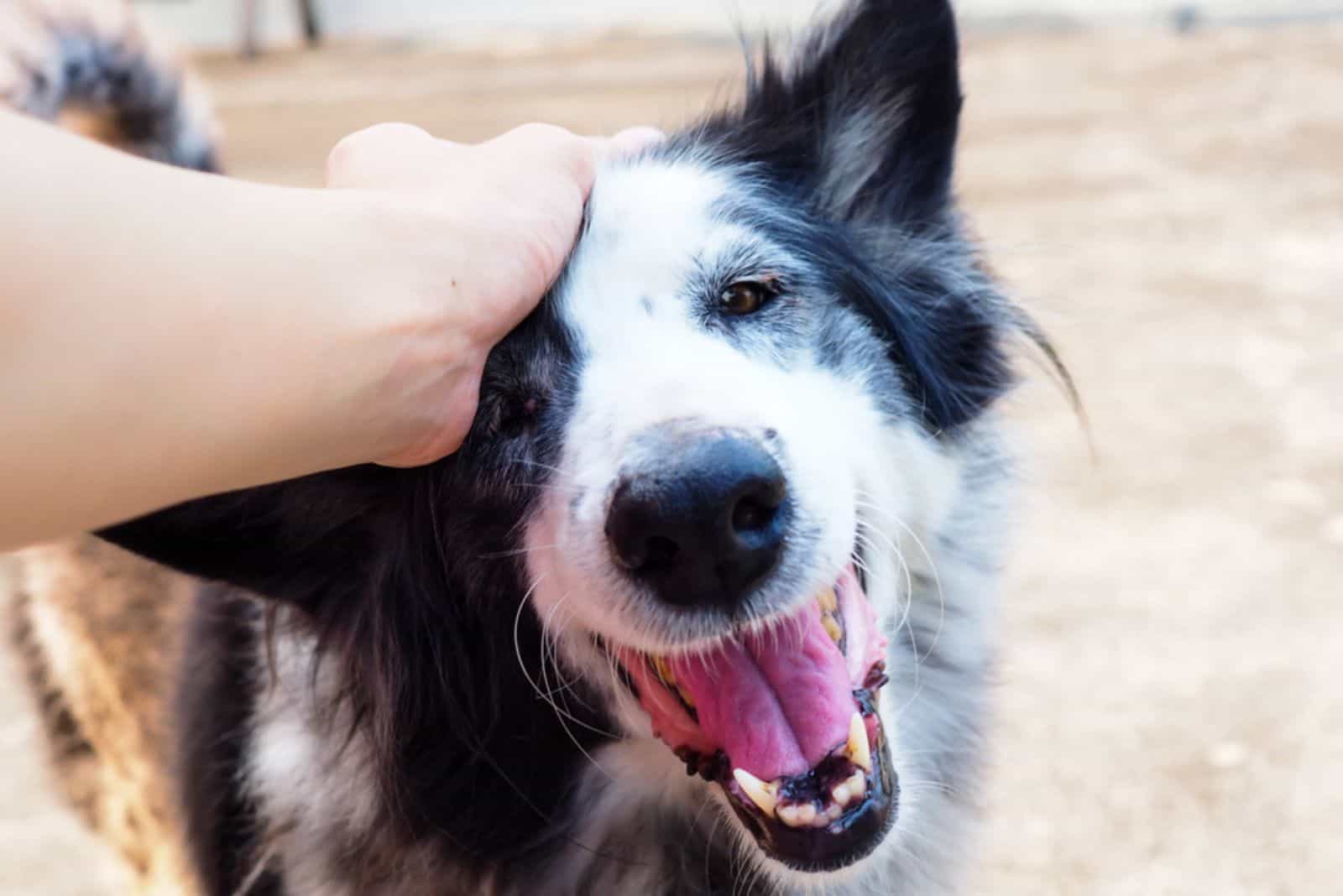
I spent a year with Paisley. I know… it does sound like a lot of time. It was a lot of time. But, things didn’t move fast with Paisley as they did with other dogs. I didn’t want to rush her into anything, so I let her take her time and embrace every change along the way.
Paisley is now a happily adopted dog. I wish I could say I adopted her, but I didn’t. I was too emotional and too attached to her, and that wasn’t good for both of us. She did end up with a friend of mine, so I know she’s in good hands.
I know you’re wondering if Paisley is now fully treated from PTSD.
She’s about 90% rehabilitated. That’s good enough for me, considering her background and how hard our journey was.
Paisley’s happy. She enjoys her life as a spoiled only-child. However, that’s not because her owners don’t want another dog, but because she’s not good with other canines in the house.
Paisley will tolerate her buddies in the park, but she doesn’t like to be bothered at home. I believe it’s because there’s still one part of her that lives in fear. Unfortunately, if you survive trauma once, it’s not highly likely that your brain would ever forget it.
But, when I look back, I don’t see a trembling puppy hiding in the corner anymore. I see a young dog that was brave enough to overcome its trauma and give humans another chance.
